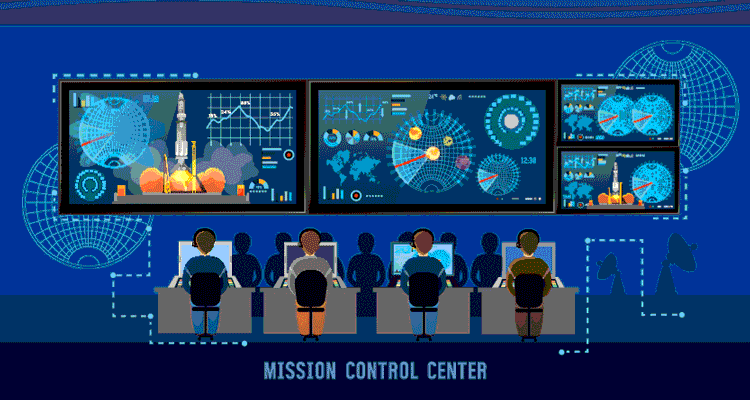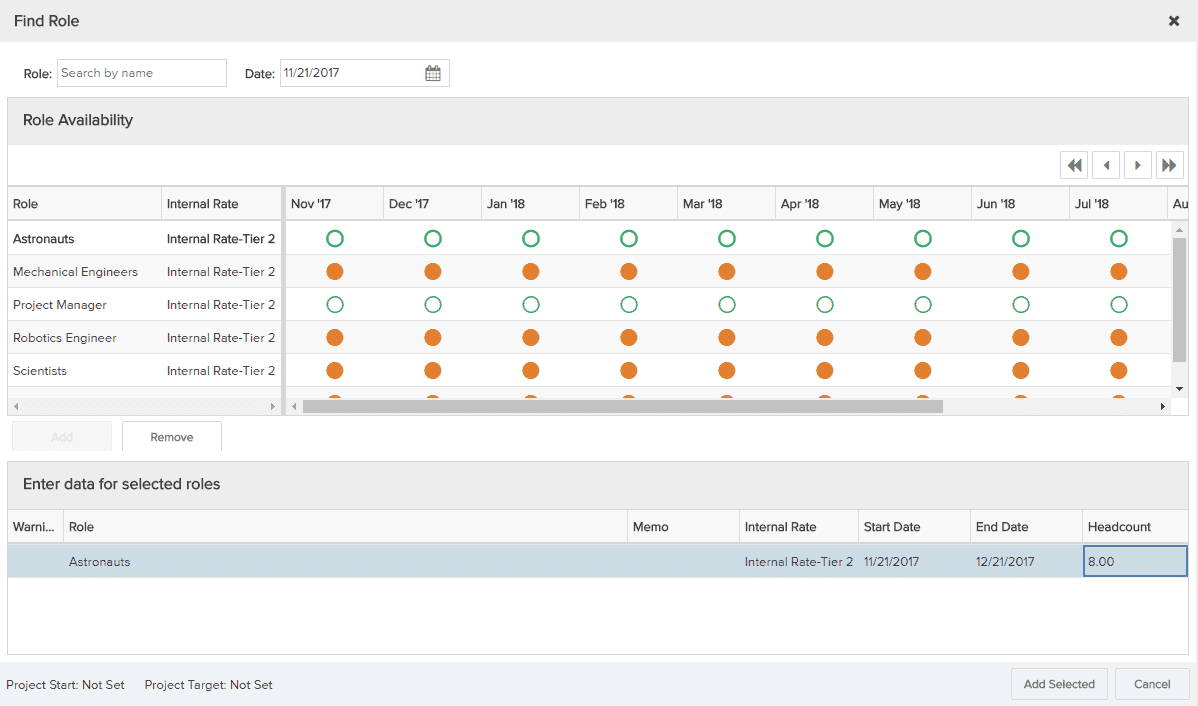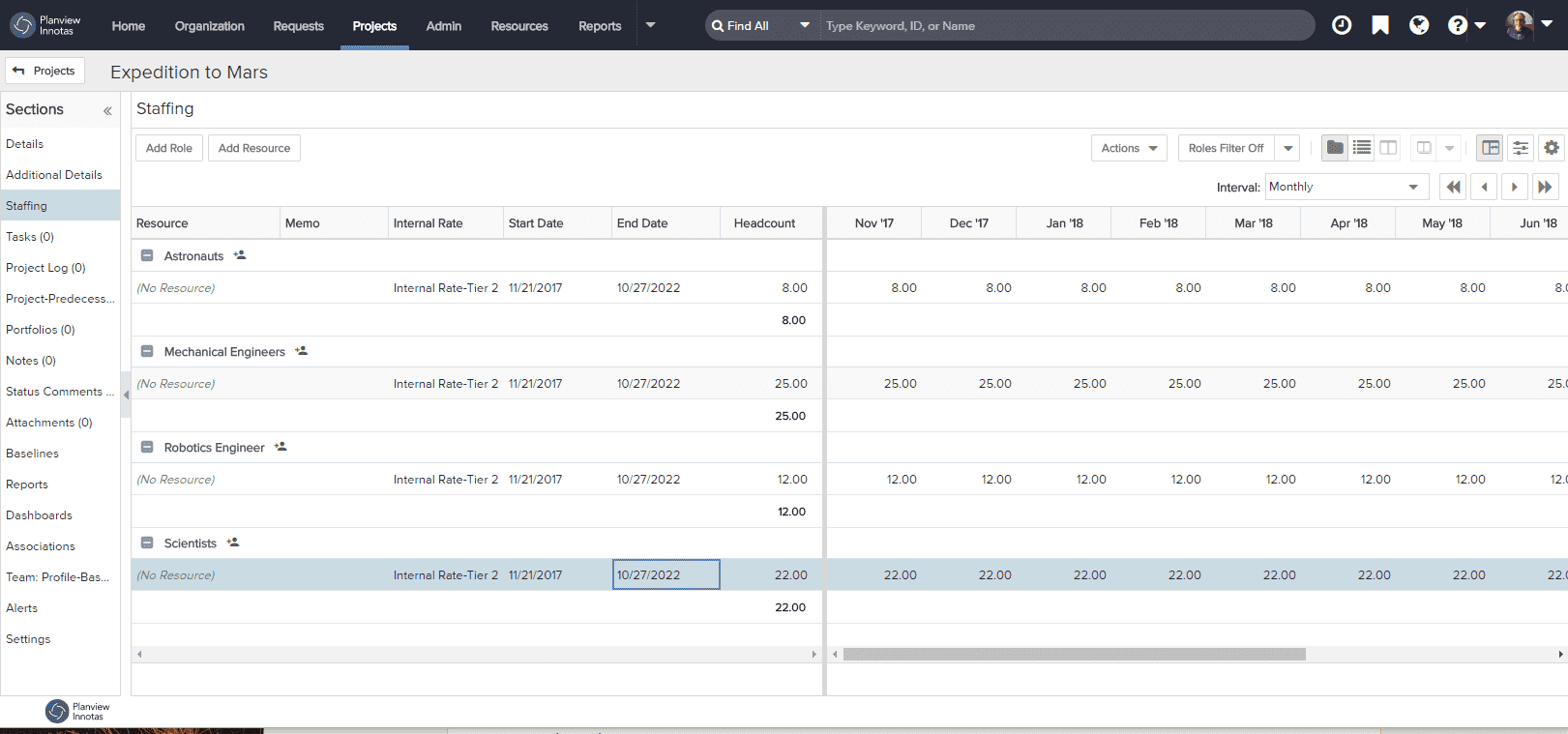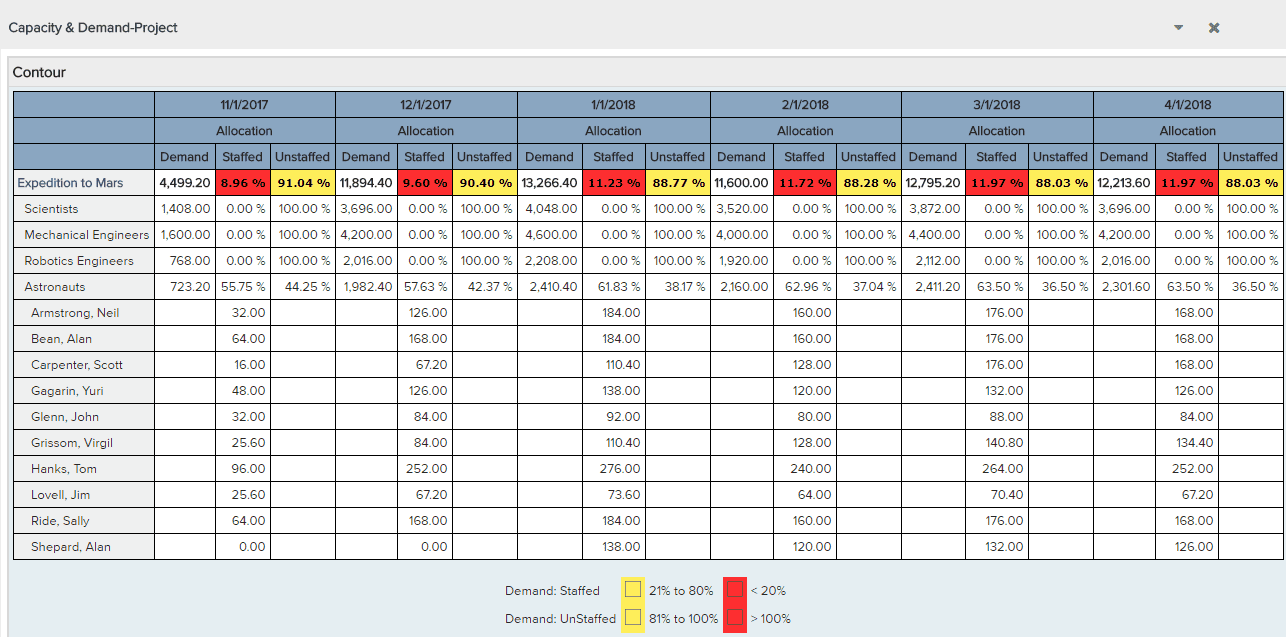
You wake up in a cold sweat and the clock is glaring 2:09am. Not again! All you can think about is the fact that you know your project is never going to finish, much less on time. If only you had set realistic resource expectations on the front end of the project, you would be sleeping right now instead of worrying. Look, we’ve all been there, and there are some simple strategies to get you out of panic mode and back to dreamland.
Some questions I’ll pose and intend on answering are: Where do you start? How? Why? What will you gain through successful resource planning? What are the minimum inputs and what outputs can I expect to provide?
You start by licking your thumb and swiping it through the air. Kidding, but if you tried that, you’re probably smiling and that’s always a good mindset to have when starting a project. Now seriously. Try to imagine the most simple and repeatable resource plan.
In my experience, and what I tell customers is this … As a PMO manager and leader you must ensure that projects only get started if the resources are identified and in place before work begins. If there are not enough resources, the project will not move forward.
Let’s face it, if you don’t adhere to this process, your project has little possibility of getting completed on time or on budget. And when that happens, the value of the PMO is minimized in the eyes of the business.
Instead, PMOs should instruct project managers to prepare a preliminary schedule that shows the required resources and the amount of time those resources will be required to complete the project. I often recommend project and resources managers take these five simple steps to improve resource capacity planning. Here they are in a mission to Mars use case.
Step 1: Identify the roles and skill levels that need to be involved
You should kick this off by first identifying what types of people you will need. The basic reference you need to make is by skill set or role. Use historical information and or go through resource SWAG exercise and leverage the right tools to evaluate this information. Here’s what this would look like:
Sure, this list may seem too simplistic for an expedition to Mars, but you must start somewhere. By trying to achieve the highest level of planning, you will ease the pain as you move through the cycles required for an approved schedule. Spending the time to determine the roles needed means you can easily move to the next step. Don’t worry, this isn’t set in stone, it’s just a first step.
Step 2: Determine percentage or FTE needed against each role
By using historical information in your project management information system (PMIS), you can better understand the results of past missions and their resource role requirements. You will want to be as realistic as possible. Do you need ten astronauts, or can you plan on eight? For shuttle launch, will 25 engineers suffice or do you need more? Research in advance and get approval needed to have a successful space shuttle.
Step 3: Align actual people with the roles by considering their capacity/availability
Once you know the roles and percentage of those roles you need, you can start identifying the right people to fill them. Give special consideration when identifying whether they can have a junior skillset or will require someone who has 20 years of experience. For example, you know you need 20 volunteer passengers to take this mission to Mars. I don’t think you will find anyone with experience in this area, so no skillset is required.
Step 4: Present the resource plan to the appropriate stakeholders; get buy-in/approval
Bringing your resource plan to the mission’s steering committee will ensure that you get buy-in and the necessary authority to begin working on the schedule. Completing this step is crucial as you will need resources to help with this. Additionally, you will be gaining leadership respect from this team, which is something every project manager wants and needs to ensure future missions are given the same chance to survive and thrive.
Step 5: Begin work on first draft of the project schedule
Now that you have dedicated resources for the trip to Mars, you can start to build the work breakdown structure (WBS) or schedule. I suggest enlisting assistance from your dedicated resources. Gaining formal approval on the WBS will ensure you can effectively execute the project.
By following these simple steps above, you can begin to make a small list of projects to tackle by starting with the ones that make the most sense to prioritize first. Again, look to project managers to estimate a high-level, resource-loaded schedule.
It doesn’t matter if you are planning a mission to Mars or if you are launching the next innovative product or services – ensuring you have the right people and skill set to make it happen is imperative to success.
To learn how Innotas resource management and capacity planning can help, watch a demo.








